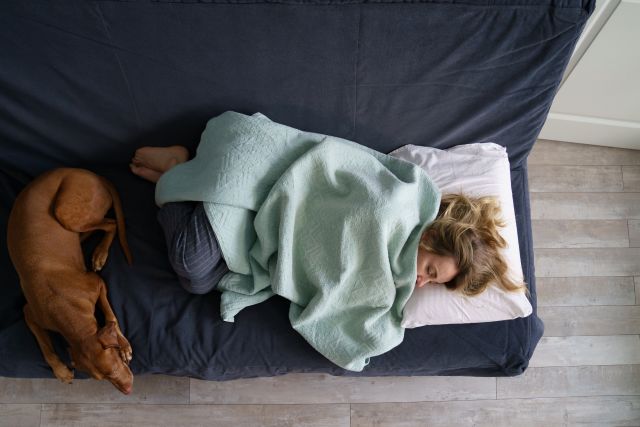Depression (also known as major depressive disorder or clinical depression) is a common mood disorder typically associated with feelings of sadness, emptiness, worthlessness, hopelessness, and a loss of interest and enjoyment in things that were once enjoyable.
Other symptoms can include changes to sleep habits, eating habits, and energy levels. Some people with depression experience physical pain, such as back pain or headaches.
However, depression is a different experience for everyone. People experience depression at different ages, for different reasons, with different patterns of symptoms.
Melancholic and atypical
For many people experiencing depression, symptoms are persistent—low moods stay low regardless of any positive experiences or events that would normally improve a person’s mood. This pattern of symptoms is associated with a subtype of depression sometimes called melancholic depression.
In contrast, other people with depression experience what is called atypical depression. This is a subtype of major depressive disorder where a person may feel temporary lifts in mood as they react and respond to positive experiences.
There are other differences in symptoms that are more common among atypical depression:
- Sleep. Atypical depression is associated with hypersomnia—a person may sleep for normal or excessive amounts of time, but still struggle with daytime sleepiness and low energy. Insomnia and disturbed sleep are more common in melancholic depression.
- Appetite and weight. People with depression may experience changes to eating habits and weight. Atypical depression is more often associated with an increase in appetite and weight gain—comparatively, melancholic depression is more often associated with a loss of appetite and unintended weight loss.
- Leaden paralysis. This is another symptom associated with atypical depression, where a person’s arms and legs feel heavy, weighed down, or fatigued to the point where it can be difficult to move normally.
- Interpersonal rejection sensitivity. This refers to being intensely sensitive to things like rejection and criticism. While most people want to avoid rejection and criticism, this refers to a particularly severe reaction. This is another symptom associated with atypical depression, one that can significantly impact a person’s relationships and ability to work. People may look for signs that others view them in a critical way or have an intense fear of situations where they may be rejected or criticized.
The term “atypical” seems as though it might imply that atypical depression is more rare than melancholic depression. Studies have found both subtypes to be common, and that many people with depression experience a mix of melancholic and atypical features.
Studies have also found atypical depression to be more common in women and have a younger age of onset (often in a person’s teenage years or 20s).
How is atypical depression treated?
Atypical depression is a subtype of major depressive disorder. Treatment for major depressive disorder often involves a combination of psychotherapy and antidepressant medications.
Just as depression is a different experience for everyone, treatment for depression is a little bit different for everyone. The choice of what type of therapy, whether antidepressants are needed, and what antidepressant to use will depend on many factors, including the symptoms a person is experiencing, their medical history, their preferences, and any coexisting conditions.
One thing that every treatment plan for depression has in common—it begins by working with a healthcare provider to get an accurate diagnosis. If you are experiencing any of the symptoms described above, talk to a healthcare provider. And if a friend or loved one is experiencing symptoms, encourage them to talk to a healthcare provider.






